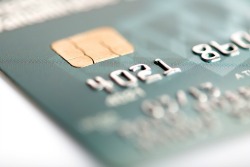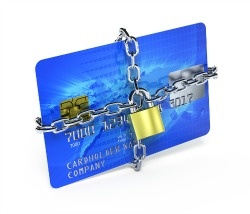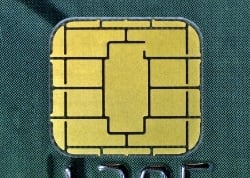EMV: The Chargeback Liability Shift and How It Impacts Credit Unions
 Due in large part to the media coverage surrounding the massive Target breach, consumer awareness and interest in EMV rose significantly the last two years as a necessary step to ensure the privacy of consumer information. Additionally, with Visa and MasterCard enacting the EMV chargeback liability shift in October 2015, it's time for credit unions to take notice. In order to avoid liabilities, credit unions should have a plan in place for their card management and the issuing of EMV chip cards.
Due in large part to the media coverage surrounding the massive Target breach, consumer awareness and interest in EMV rose significantly the last two years as a necessary step to ensure the privacy of consumer information. Additionally, with Visa and MasterCard enacting the EMV chargeback liability shift in October 2015, it's time for credit unions to take notice. In order to avoid liabilities, credit unions should have a plan in place for their card management and the issuing of EMV chip cards.
CO-OP Financial Services recently provided a brief, but informative overview of EMV and how the liability shifts impact credit unions in the Credit Union Times:
What Exactly is EMV?
EMV (aka Europay®, MasterCard®, and Visa® or “chip”) is a standard for smart devices and terminals to effectively utilize a communication chip in payment cards. EMV provides enhanced security for your members by reducing fraud on their credit and debit cards.
Why Should You Care About EMV?
MasterCard and Visa are enacting liability shifts. When a fraud occurs and an organization did not have EMV capability, that organization will be liable for the fraud and loss. There is no need to panic, however! EMV rollout, especially on the merchant side, is expected to take many years and is not yet a U.S. Federal mandate or a regulator hint. Yet, it is a decision that many institutions will face in the coming months as members demand increased security and many large card payment service providers begin issuing EMV enabled technology.
Is EMV Right - Right Now?
Do you stay ahead of the curve with technology and innovation? Are fraud losses on cards at an all-time high? Is security increasingly important to you and your membership? If so, EMV should be considered for your credit union.
As another consideration, take a look at your membership. Is your membership tech savvy when it comes to payments? Also, if a high percentage of your members are traveling or living overseas, they most likely have an existing demand. According to EMVCo, over 2 billion payment cards are chipped around the globe, most of which reside in Western Europe. By 2016, it is estimated that 500 million cards will be used in the U.S.



